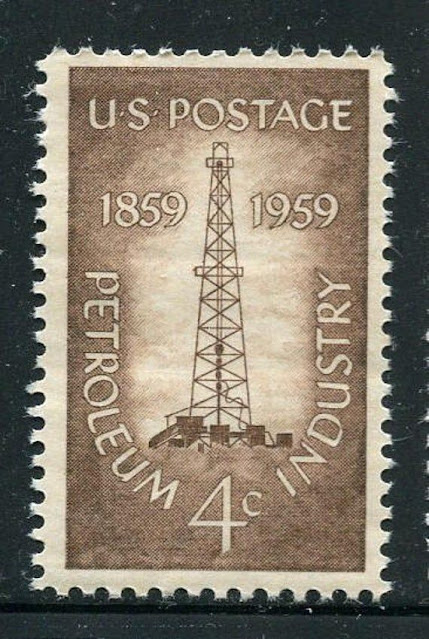 |
| Approaching Command Library |
 |
| Majestic Command Library |
 |
| A side portico of the building |
 |
| Gun and Learn |
Built in the Gothic style, the church bore a close resemblance to the Chapel of Trinity Hall, Cambridge. Its pointed arches and dignified structure exuded solemnity, but it was the interior that captivated the heart. Stained glass windows cast radiant bursts of crimson, sapphire, and gold across the stone floor when sunlight streamed through, filling the air with a quiet glow that seemed almost celestial. In the hush of the nave, one could imagine the shift of colors tracing the uniforms of seated officers as they bowed their heads in prayer.
From its consecration until the early twentieth century, the church became the place of worship for British Army officers, a spiritual refuge where hymns rose to mingle with the vibrant reflections of the glass. The atmosphere within was serene yet powerful, hallowed silence broken only by the soft notes of an organ or the collective murmur of prayer, carrying with it a sense of discipline and devotion.
Time, however, brought a change in purpose. On June 16, 1969, the church ceased to ring with hymns and instead embraced the written word. Transformed into the Command Library, the same stained windows now caught the slanting rays of late afternoon, spreading their colors over rows of books and reading desks. Where once officers sought solace in faith, they now found quiet in study.
Over nearly two centuries, its high-arched ceilings and stained glass have watched over some 35,000 – 40,000 volumes, offering sanctuary to knowledge seekers from many lands. Stepping inside, the experience is a symphony for the senses: towering shelves, dark vintage woodwork, the evocative fragrance of old paper, and a profound silence broken only by the soft rustle of turning pages.
It is more than a repository of books; it is a quiet guardian of military tradition, colonial heritage, and scholarship. Across its shelves, one finds rare manuscripts, war dispatches, hand-drawn maps of Bengal, treatises on European campaigns, and periodicals chronicling dramatic episodes that reverberated across continents. Victorian novels once read by British officers mingle with Indian journals that shaped public discourse making the library a living bridge between soldiers and scholars, past and present.
Originally founded to serve the intellectual and strategic needs of British military officers in faraway India, the Command Library offered not just battle manuals and European dispatches, but novels and scientific texts connecting them to the wider world. Over decades, the collection grew to reflect epochal changes: 19th-century leather-bound books, World War dispatches, and chronicles of empire all hold pride of place. Today, these shelves are lovingly maintained by the Indian Army, who, after independence, preserved the collection as a national asset with global significance.
 |
| St. Peter's Church. Water colour painting by William Princep (Source: Internet) |
In an age of digital warfare and remote deployment, much of the collection is now partially digitized, enabling officers and researchers from distant parts of the Eastern Command and the world to consult its holdings online.
For military professionals, the Command Library is a place to draw lessons from historical campaigns still relevant globally. Historians see it as a window onto colonial administration, international diplomacy, and cultural contacts that shaped the modern world. Literature fans may discover rare Victorian novels and early Indian literary treasures, illuminating evolving global perceptions of India and the world.
Even today, the building stands as both memory and metaphor. Its glass still scattering light across shadowed interiors, reminding all who enter of its remarkable journey, from a house of prayer to a house of knowledge, where reverence shifted seamlessly from the sacred to the scholarly.
 |
| Author, Gun and Library |
The Command Library at Fort William remains a testament to the truth that books are not only sources of knowledge, but timeless guardians of memory continuing to connect people across continents, generations, and disciplines.
************
Disclaimer:
The noble objective of this blog, is to share knowledge through images/pictures and related narration. A few of the scans, featured in this blogpost, are mine while others (sourced from internet) are properties of their respective owners. No intention to infringe any type of copyright.
The information provided in the article is for general informational purposes only. All information is provided in good faith. No commercial, religious or political angle, whatsoever, is involved. This is not a historical document. Apologies in advance, should there be any inadvertent error. Under no circumstances, I shall have any liability for reliance on any information provided in the story.























































